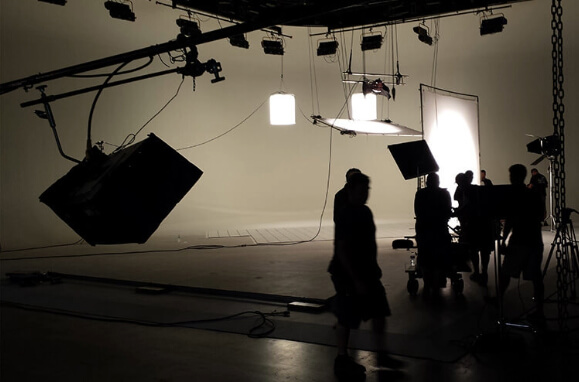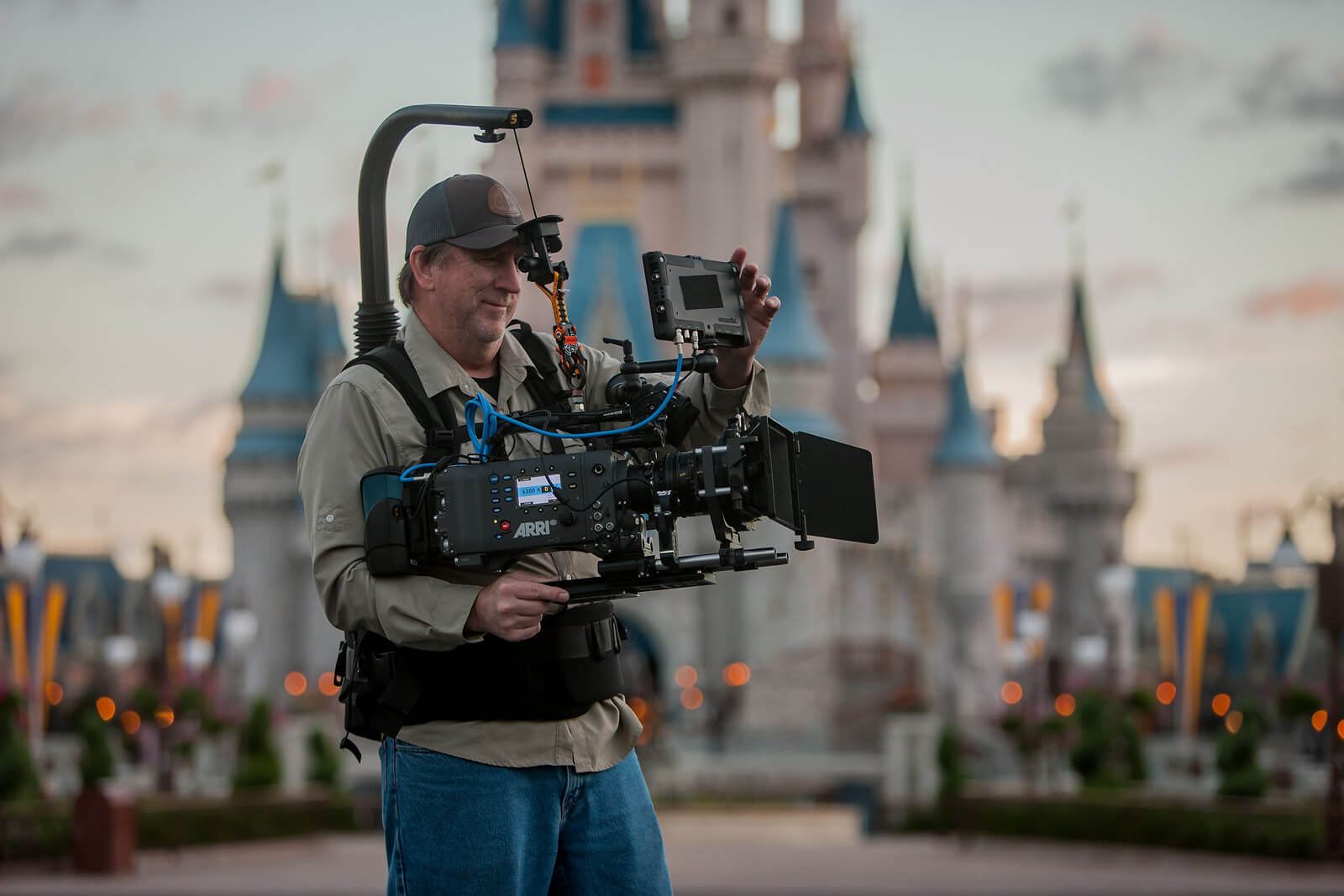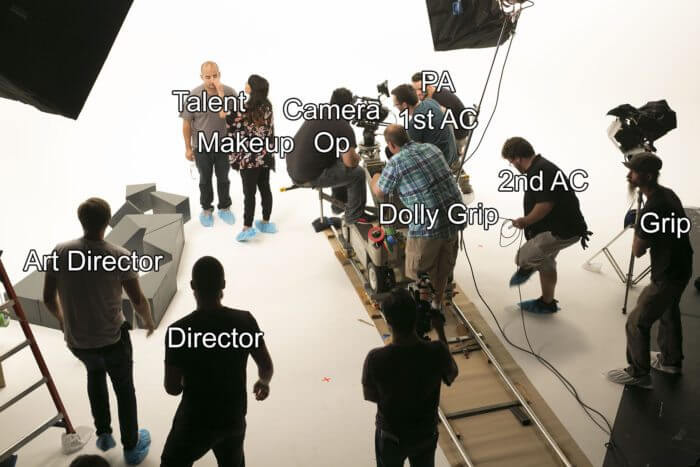Ensuring Lighting Consistency in Video Production
Lighting consistency is one of the most important — and often overlooked — aspects of professional video production, especially for a long-term, contracted series.
Clients expect a seamless visual experience across every episode, regardless of how much time passes between shoots. For commercial video production companies, delivering a unified, polished look is not optional — it’s essential.
Whether producing a multi-part explainer series or monthly product demo videos, maintaining visual continuity is critical. At Skystorm, we’ve produced thousands of videos for pharmaceutical and consumer brands, and we’ve learned that consistency across wardrobe, props, makeup, camera angles, and especially lighting, is what separates a professional video from an amateur one.
Read more: Hidden Costs of Video Production Budget Cuts | Skystorm Insights
1. Start with a Detailed Lighting Plot
lighting plot
/ ˈlīdiNG’plät /
A document used specifically by production and theatrical lighting designers to illustrate and communicate the lighting design to the production crew. The light plot specifies how each lighting instrument should be hung, focused, colored, and connected.
A lighting plot is the foundation of visual consistency in video production. This technical document outlines exactly how lighting should be placed, focused, colored, and connected on set. It’s used by lighting designers, Directors of Photography (DPs), gaffers, and grips to replicate a setup exactly — even months later.
Before the first light is hung, the production team assesses the space, determines lighting requirements, and builds a precise plot. For commercial video production, this level of planning is essential. It prevents time-consuming changes during shooting and avoids inconsistencies that can be difficult (or expensive) to fix in post.
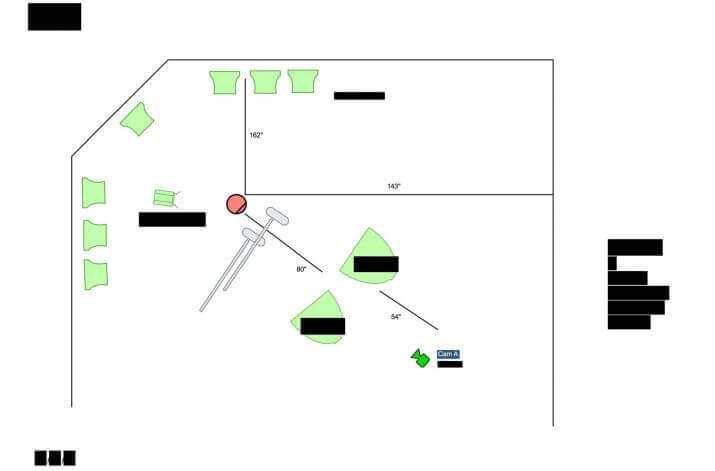
2. Use Professional Monitoring Tools
To maintain lighting accuracy on set, professional video monitoring tools are indispensable. Our team relies heavily on calibrated Scientific Flanders monitors, along with advanced features like false color, histograms, and RGB parade. These tools allow us to measure exposure and color scientifically — not just visually — giving us a clear picture of what the final image will look like.
By using these tools during both pre-light and live production, we ensure lighting is dialed in perfectly, every time.

3. Involve Post Production Early
An often-overlooked tip: bring your post-production team into the conversation early. At Skystorm, our post-production supervisor reviews lighting and color profiles during pre-production to ensure the captured footage aligns with the final visual goals.
Depending on the project’s needs, we may choose to bake in color or shoot in LOG for more flexibility in post. These decisions can impact both quality and workflow — and should be made before cameras roll. This kind of cross-department collaboration is only possible with a tightly integrated video production process.
Read more:Camera Slating Tips for Post-Production Efficiency | Skystorm Guide
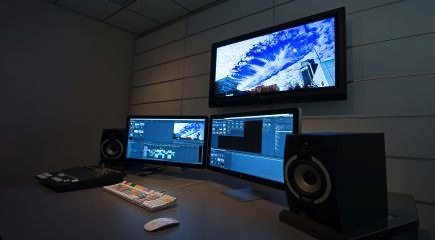
Why Full-Service Video Production Matters
One of the biggest advantages of working with a full-service commercial video production company is the ability to maintain communication and alignment across all phases of production — from concept to delivery.
Because our production, post-production, and creative teams all work under one roof, we can ensure seamless collaboration and faster turnaround times without sacrificing quality. That’s how we consistently deliver polished, professional videos — even in high-volume production environments.
